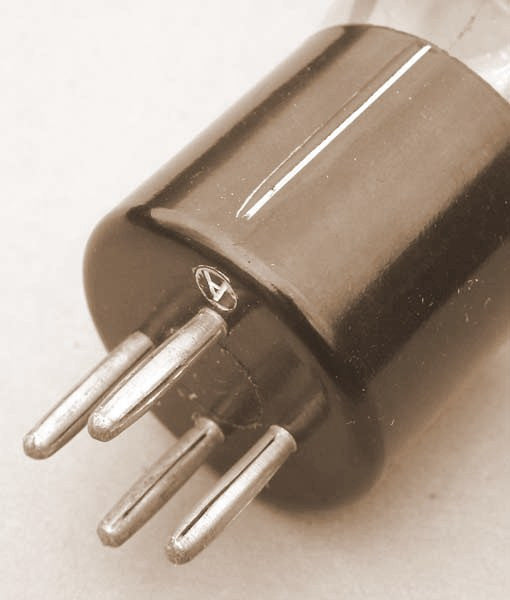THE GREAT MULLARD MAGIC BLOG

IMPROVEMENTS TO THE PM SERIES 1926 to 1928 -
The unreliable 'split-pin' PM series were swiftly replaced by valves having a new improved base. The base was characterized by having the same ebonite base but the inset pins were...
IMPROVEMENTS TO THE PM SERIES 1926 to 1928 -
The unreliable 'split-pin' PM series were swiftly replaced by valves having a new improved base. The base was characterized by having the same ebonite base but the inset pins were...

WHAT DID PHILIPS – MULLARD DO NEXT?
Well, using the recently developed Philips Azide technology for coating and preparing cathodes with barium oxide, the age of the dull emitter had dawned. Following technology transfer from Eindhoven to...
WHAT DID PHILIPS – MULLARD DO NEXT?
Well, using the recently developed Philips Azide technology for coating and preparing cathodes with barium oxide, the age of the dull emitter had dawned. Following technology transfer from Eindhoven to...
